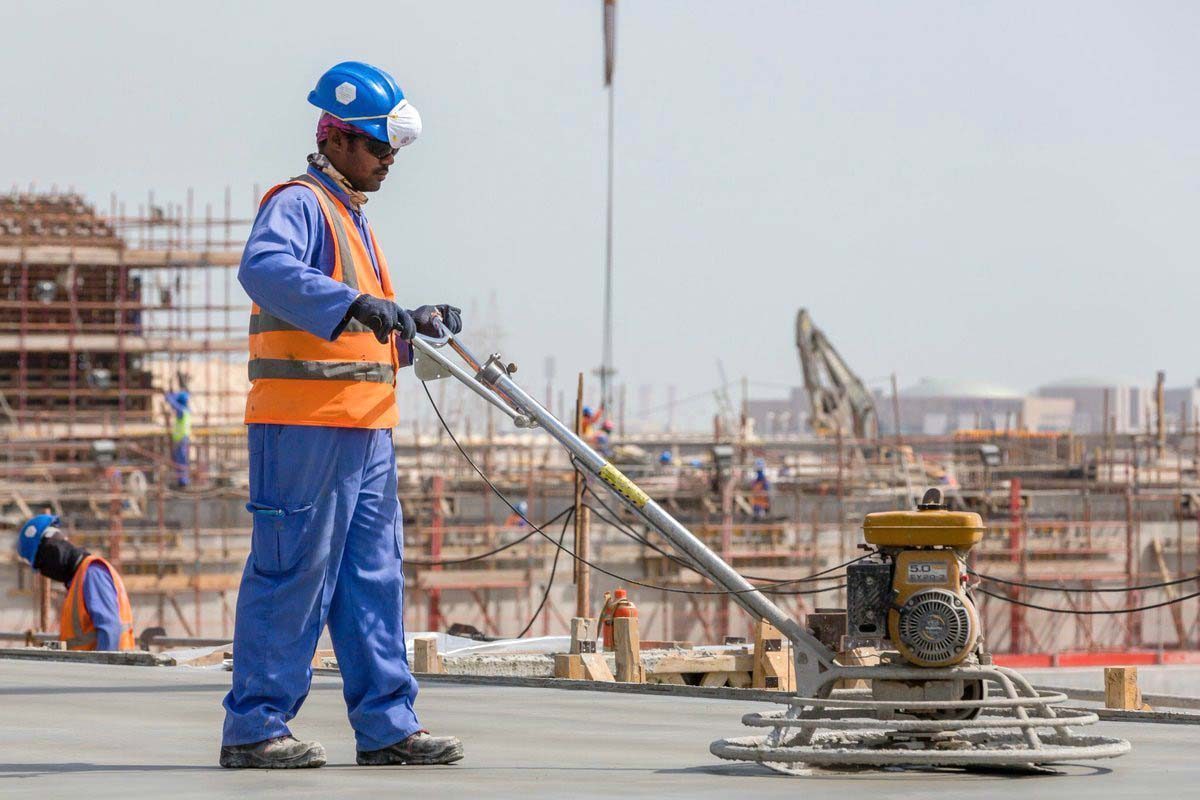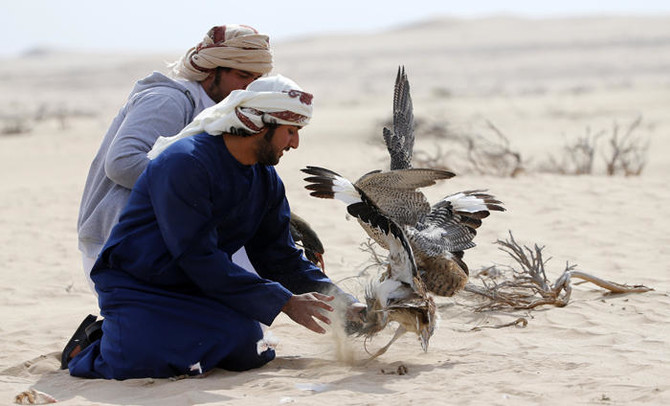The country’s government has invested $14.80 billion in infrastructure development, according to the 2021 budget.
Qatar’s flourishing construction sector is projected at an impressive QAR210.01bn ($57.68bn) this year, industry analysts revealed, with forecasts predicting an increase to QAR325.03bn ($89.27bn) in the near future.
Global research firm, Mordor Intelligence, anticipates the Gulf nation’s construction industry to demonstrate a strong compound annual growth rate (CAGR) of 9.13% by 2028.
The newly released study emphasised the contributing factors to the thriving market, which include a blend of commercial, residential, industrial, and infrastructure projects, along with energy and utility developments.
The researchers highlighted that the country’s reliance on European suppliers and manufacturers for mechanical, electrical, and plumbing materials has spurred the search for alternate providers due to European supply shortages.
This has inevitably impacted pricing and led to reconsiderations of existing contracts and purchasing orders.
“For mechanical, electrical, and plumbing items, Qatari contractors, are particularly dependent on European suppliers and manufacturers; hence, a European supply deficit forced Qatari contractors to look for alternate suppliers”, the report stated.
“This affected the prices of the goods and raised questions about the cancellation of purchase orders and the termination of existing contracts.”
However, the country’s relentless investments and projects in the past years paved the way for it to bounce back.
World Cup impact
Despite the challenges, Qatar’s successful hosting of last year’s World Cup has had an influence on the industry, setting the stage for future major infrastructural and industrial projects.
This year, Qatar is set to dedicate QAR9.83bn ($2bn) towards the ambitious 2050 transportation master plan, underlining the nation’s commitment to improving infrastructure and expanding its leisure industry.
The nation’s track record of mass projects, ranging from the Doha metro, universities, healthcare facilities, museums, to entirely new cities like Msheireb and Lusail, bears testament to the growing strength of its construction market.
This assertion is further reinforced by the impressive array of stadiums that were built for the region’s first World Cup tournament.
In addition, the government’s significant investment of QAR53.9bn ($14.80bn) for infrastructural advancements, as outlined in the 2021 budget, demonstrates the critical role of state authorities in bolstering the regional construction sector.
“The government aims to develop infrastructure and diversify the economy by moving away from its dependence on the oil and gas sector. In efforts to diversify the economy, Qatar has opened economic free zones attracting companies from around the world,” state the analysts.
The recent implementation of laws governing public-private partnerships (PPPs) is anticipated to lure private sector investments in infrastructure, education, and healthcare projects, thereby driving industry growth over the forecast period.
Likewise, investments in transportation infrastructure projects are expected to also follow the booming trend.
The state-run Qatar Railways has also disclosed plans to commence construction on a rail line connecting Qatar and Saudi Arabia later this year, the report added, thereby expanding its infrastructure footprint in the region.
However, no specific date has yet been announced for the construction, and several plans have been delayed in the past years with little to no clarification as to why.
Residential demand
In the past, the Covid-19 pandemic has put a dent in Qatar’s residential real estate market, causing numerous residential projects to be delayed or even cancelLed, the report explained.
The impact was intensified when global oil prices plummeted due to the pandemic, leading the government to request the deferral of around QAR 29.1 billion (USD 8 billion) in contracts for significant projects in April 2020.
However, the Gulf nation was able to steadily bounce back after recovering from the outbreak, and despite these setbacks, Qatar’s economy continues to remain one of the most vibrant in the Middle East.
With its high GDP growth, an increasing population driven by job opportunities, and supportive government legislation, Qatar’s residential real estate market continues to show promise.
The high number of Qatar’s residents, both locals, and expatriates, significantly influences the construction industry, leading to a higher demand for luxury and well-structured residential areas.
This demand is set to continue due to ongoing population growth and a steady influx of expatriate workers, the report indicates.
To cope with this increased development activity, the Qatari government has introduced a series of legislative changes to safeguard the rights of residential property investors in the past decade.
This move suggests a strategic and responsive approach to managing the growing demand in the market.
Looking ahead, analysts indicate that residential real estate will likely keep growing thanks to the country’s growing population, along with a strong demand base and high disposable income levels.
However, the majority of its affluent expatriate population leans towards renting rather than buying. This trend has been aggravated by stricter personal credit restrictions, resulting in a lower rate of homeownership.
Nonetheless, the rental market’s strength provides its own form of stability for the real estate sector.
Now that the World Cup is over, several reports in the past months have indicated that rent prices are expected to steadily decrease in the upcoming period.
However, it is still unknown when will begin to materialise.







